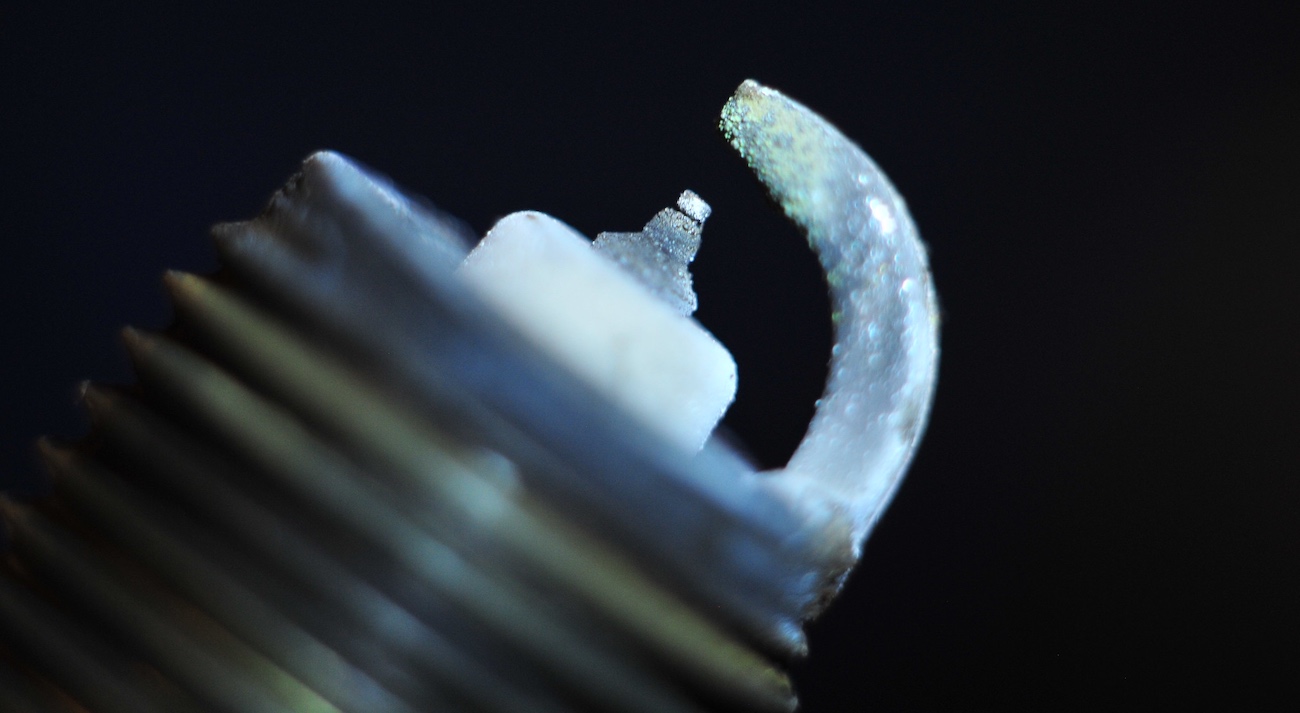Changing your spark plugs every 30,000 miles is one of the most essential things you can do to maintain your car’s performance. The spark plugs need to be replaced periodically, as they can wear out over time and lose their spark. However, it’s not always necessary to buy a spark plug gap tool, which can sometimes cost more money than you’re willing to spend. In this article, we will walk you through a step-by-step guide on how to gap spark plugs without a tool.
Step by Step Guide on How to Gap Spark Plugs Without a Tool
- Required Tools
Before jumping into the process of gapping spark plugs without a gapping tool (or gap gauge), let’s first talk about the more common tools you will need. You’ll need a pair of needle nose pliers and a flathead screwdriver. You will make a gapping tool by cutting a piece of plastic from an old gift card or any other stiff and thin plastic material. - Clean the Spark Plug
Make sure to clean the spark plug after removing it from the engine. You can use a wire brush or sandpaper to remove any debris or dirt from the spark plug. This will ensure that you have a clean and accurate surface to work on. - Gap Measurement
Using the flathead screwdriver, gently pry open the gap between the center and ground electrode. You can then use the flat end of the screwdriver to slowly adjust the gap until it’s the right distance. You can use your made gap gauge or a reputable spark plug website to determine the correct gap distance. Most spark plugs will recommend a gap between 0.028 and 0.060 inches. Once the gap size has been set, use the gap gauge to ensure you reached the exact distance required. - Test Fit
Once you’ve adjusted the gap, place the spark plug back into the engine, and use the needle nose pliers to hold the boot to the spark plug. This will prevent the wire from separating from the plug when you’re mechanic-ing. Turn the plug clockwise and tighten until it’s hand tight. Do not use excess force as it can strip the threads. - Final Check
Finally, give the spark plug a last visual inspection before starting the engine. Make sure it’s secure and that there is no damage to the porcelain insulator or electrode. Now it is time to start your engine and make sure that everything is running smoothly.
Gap Spark Plugs Just as Accurately As You Would With a Professional Tool
Replacing spark plugs is a vital part of keeping your car running at its peak performance. Sometimes you may not have a gap tool, and this can make you think twice about starting the project. However, with just a few household tools, you can gap spark plugs just as accurately as you would with a professional tool. This process is easy enough for anyone to follow, even those who aren’t experienced mechanics. Now that you know how to gap spark plugs without a tool, you’ll be equipped with the knowledge to save money and keep your car running smoothly.

